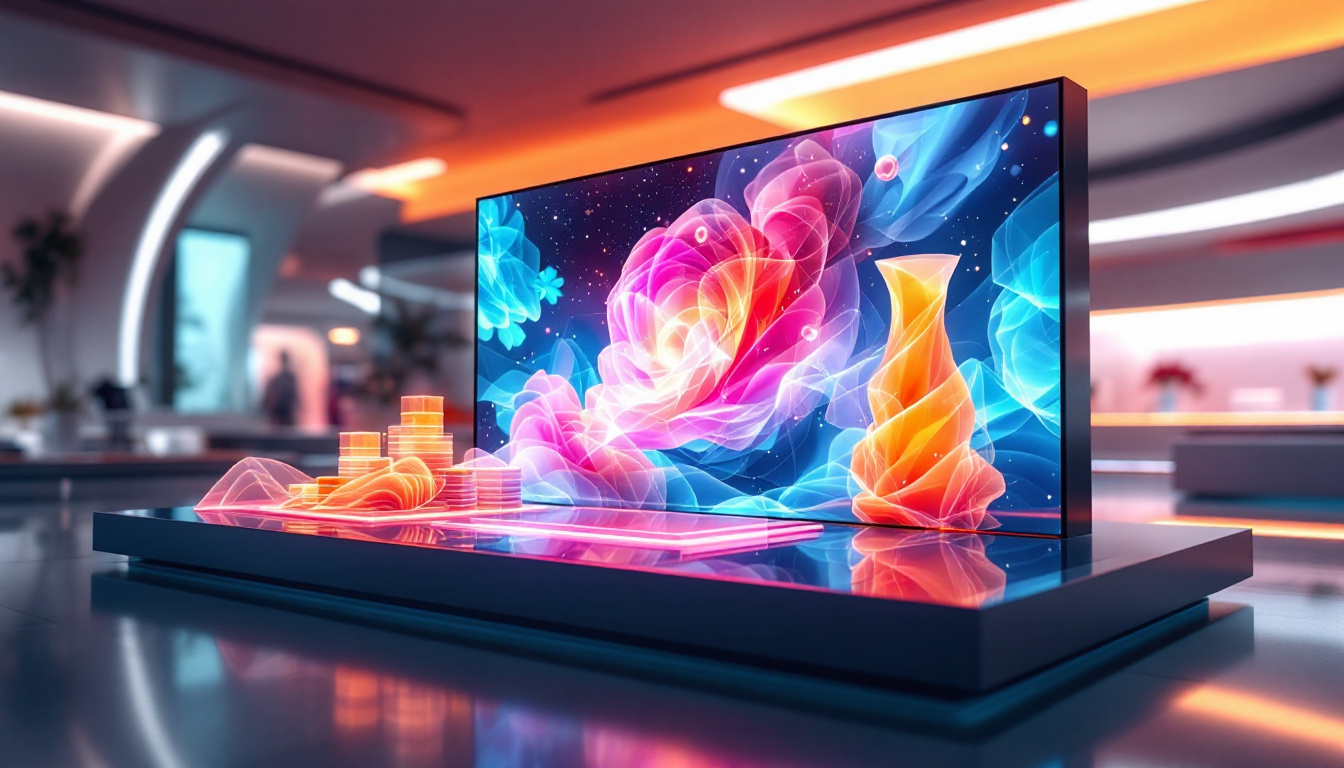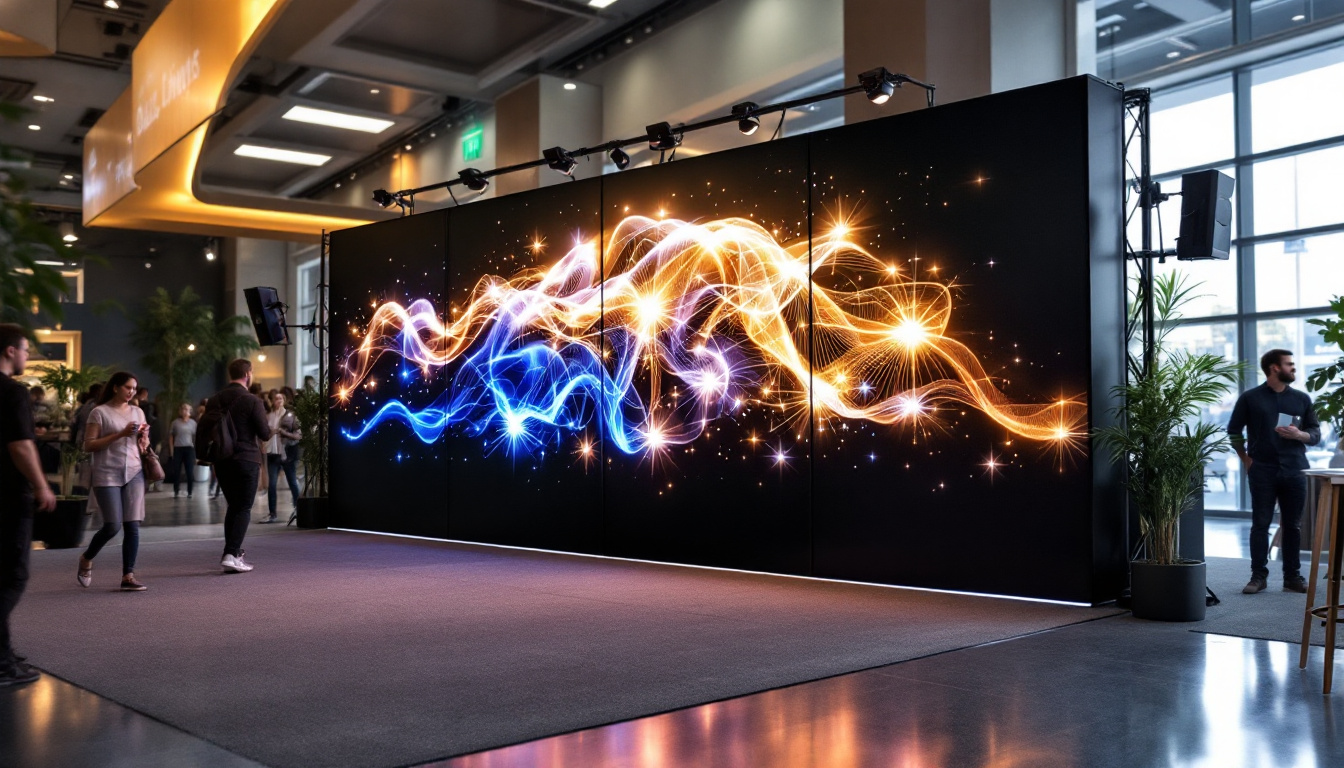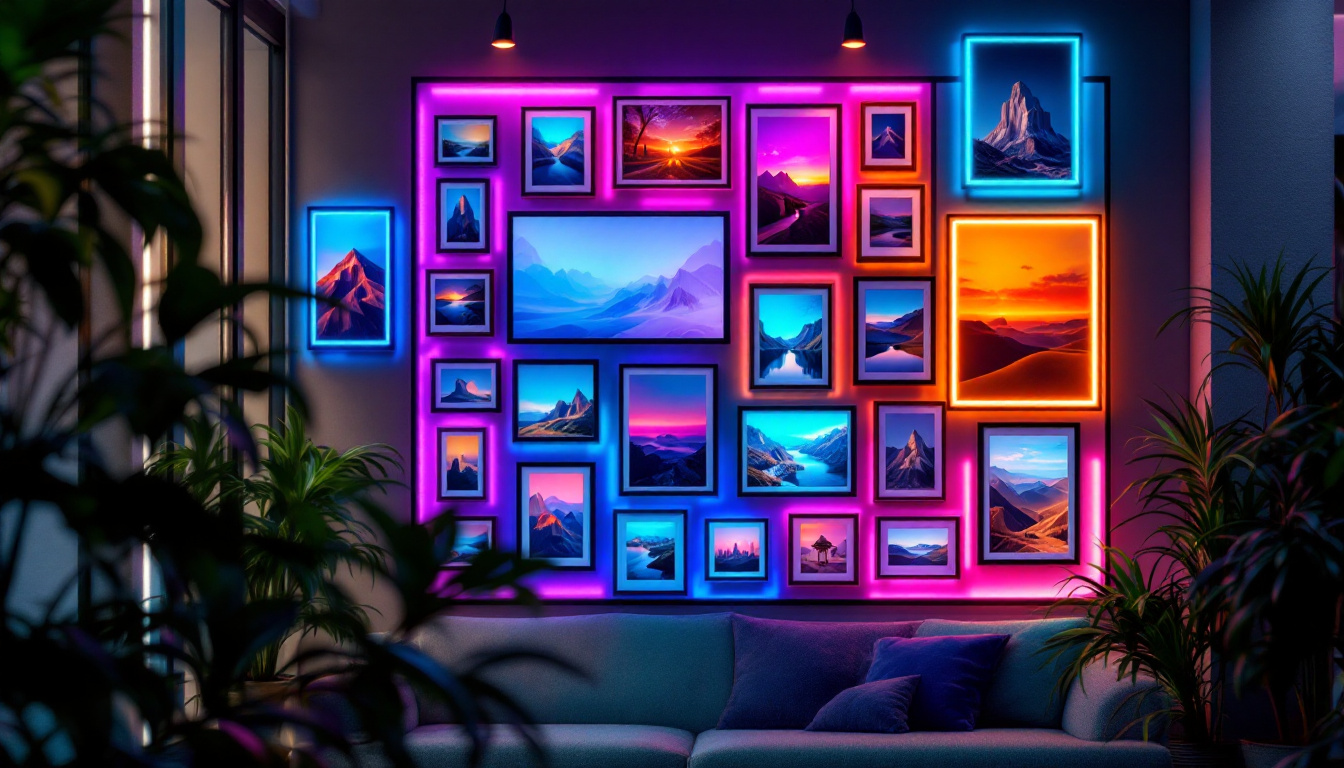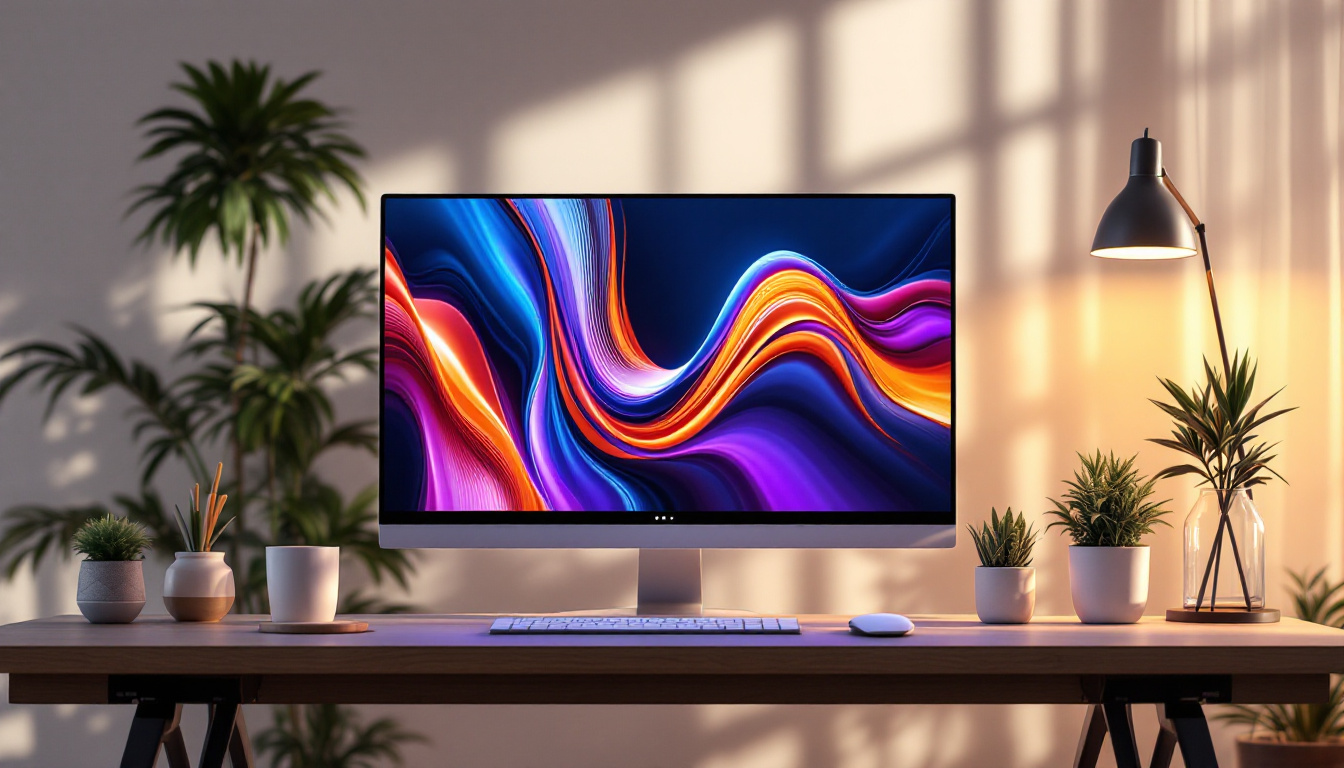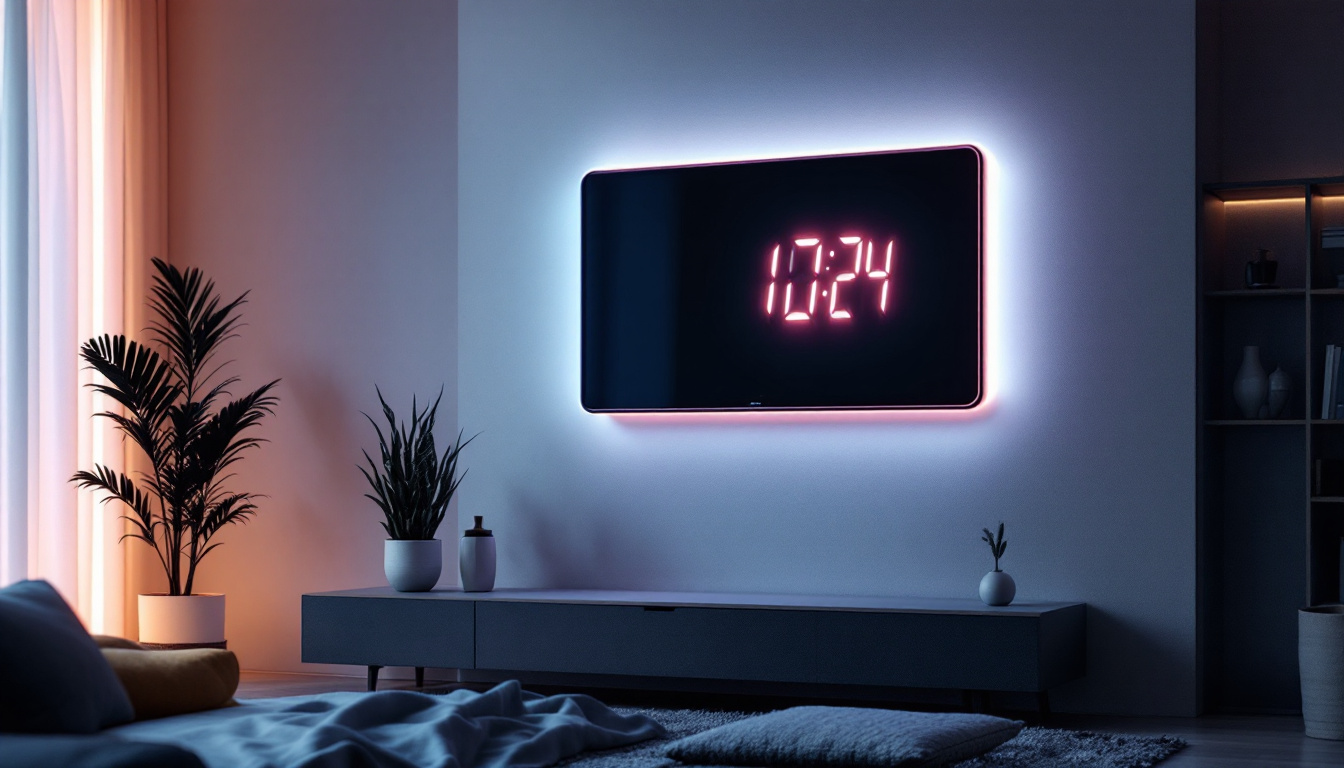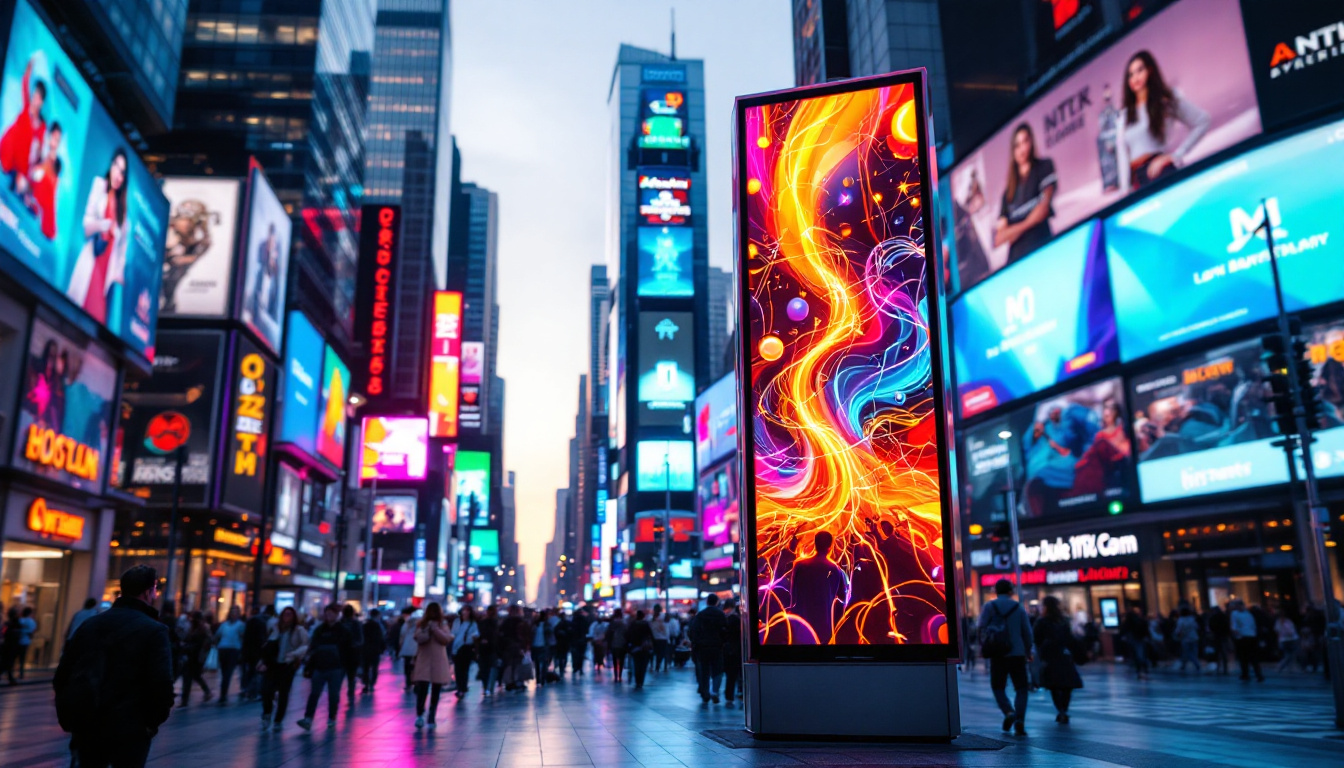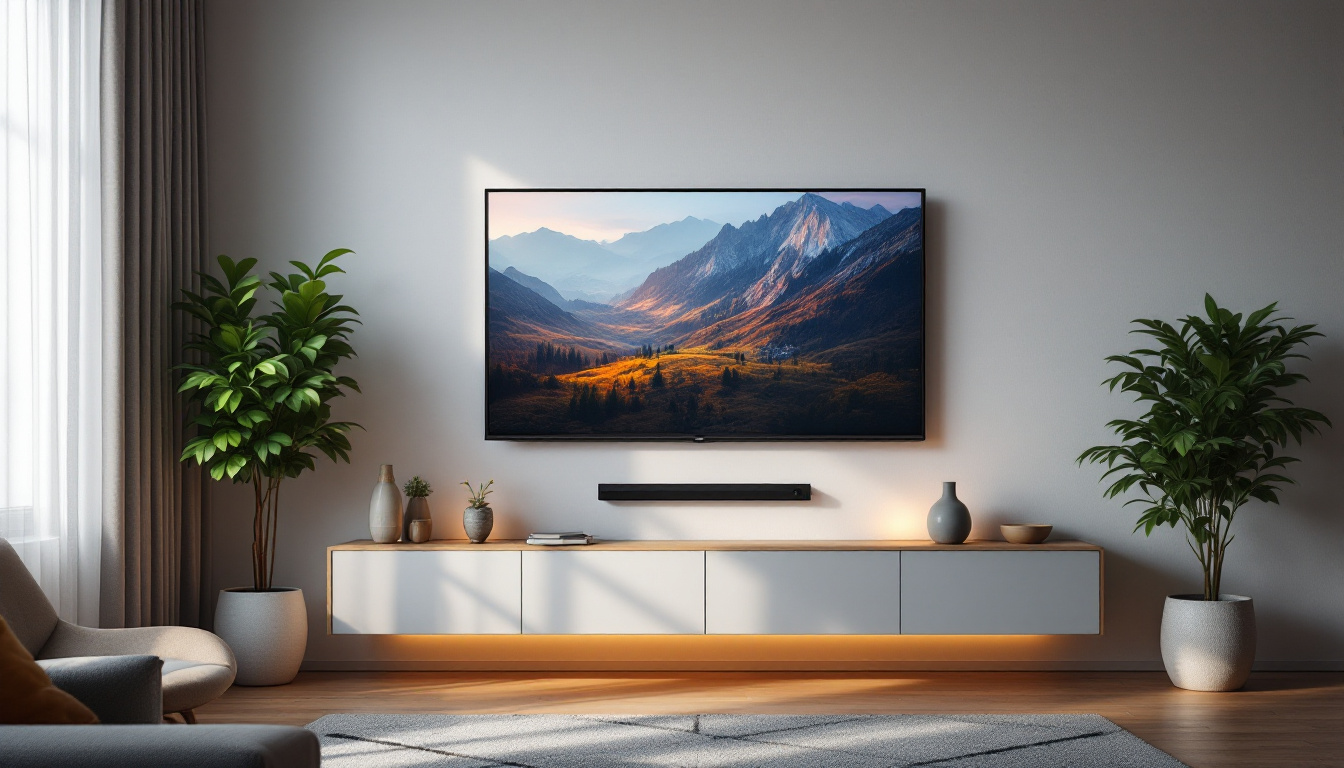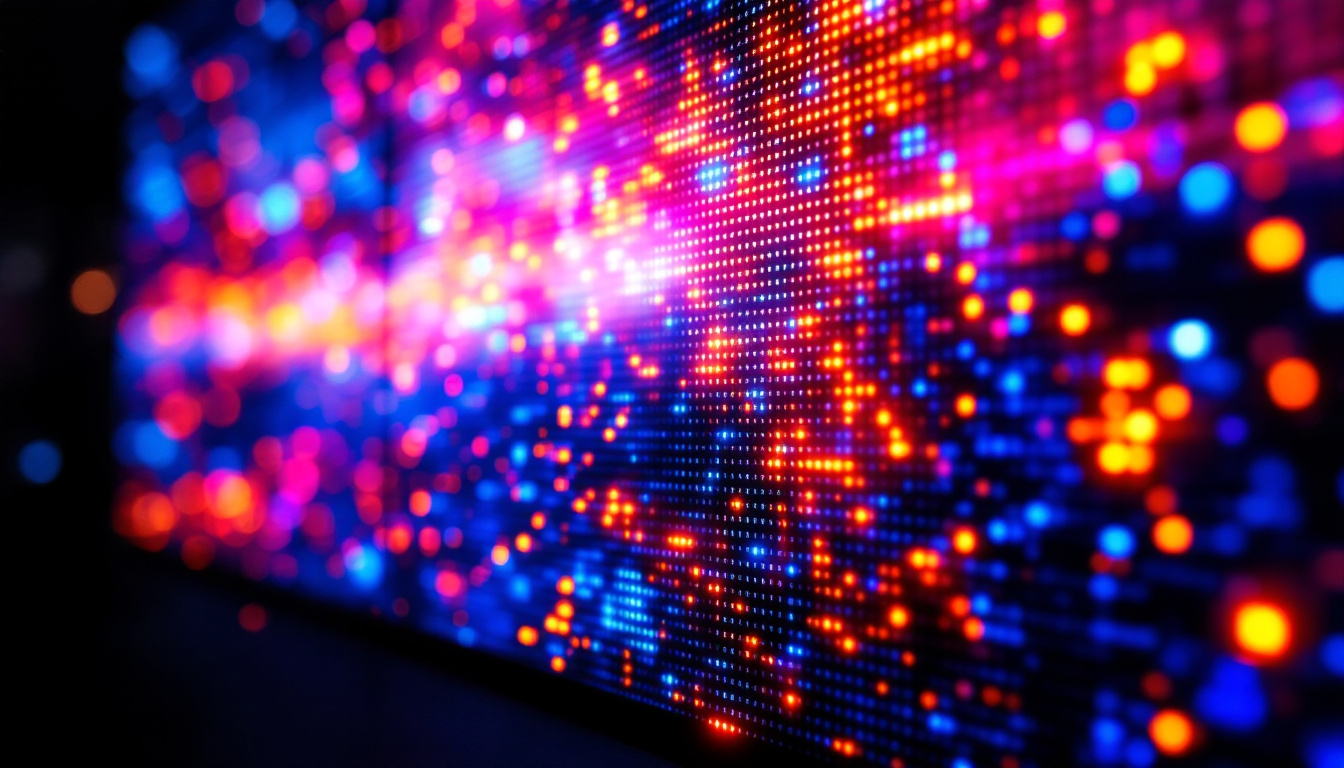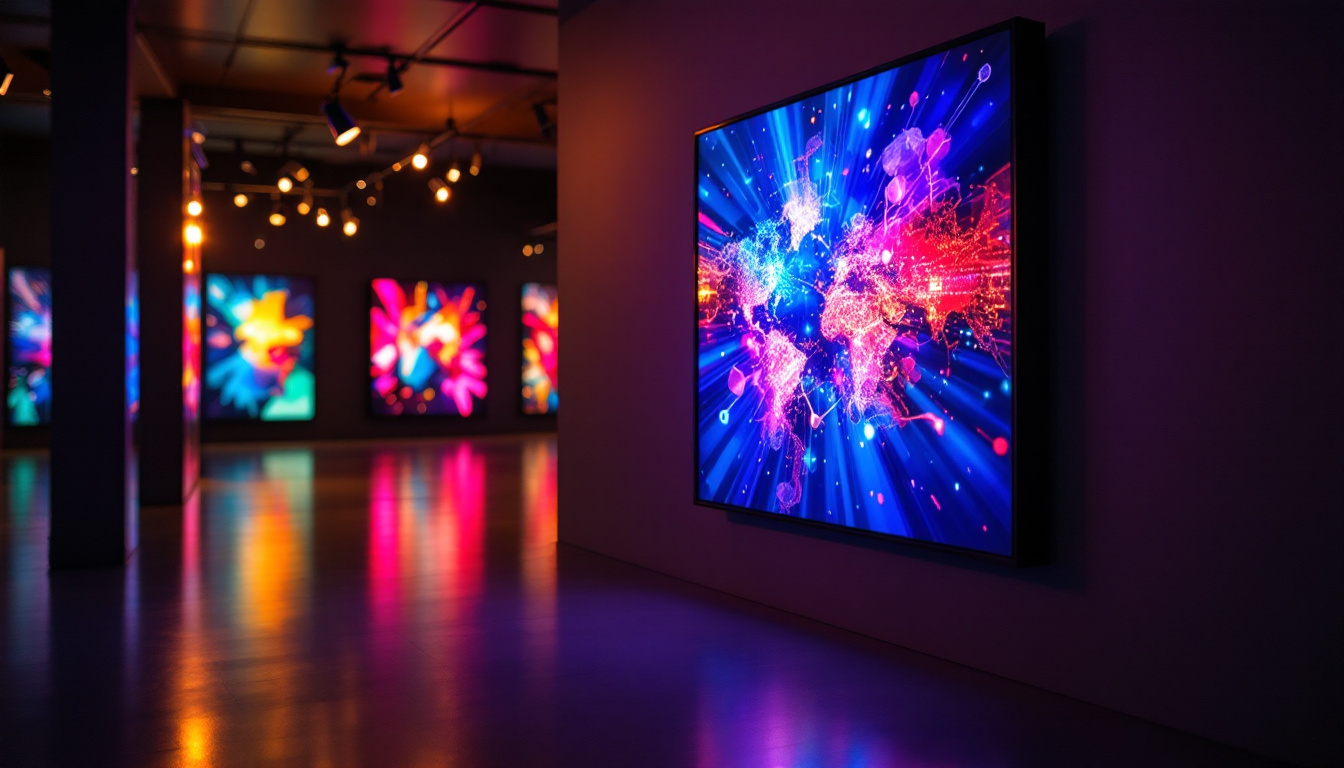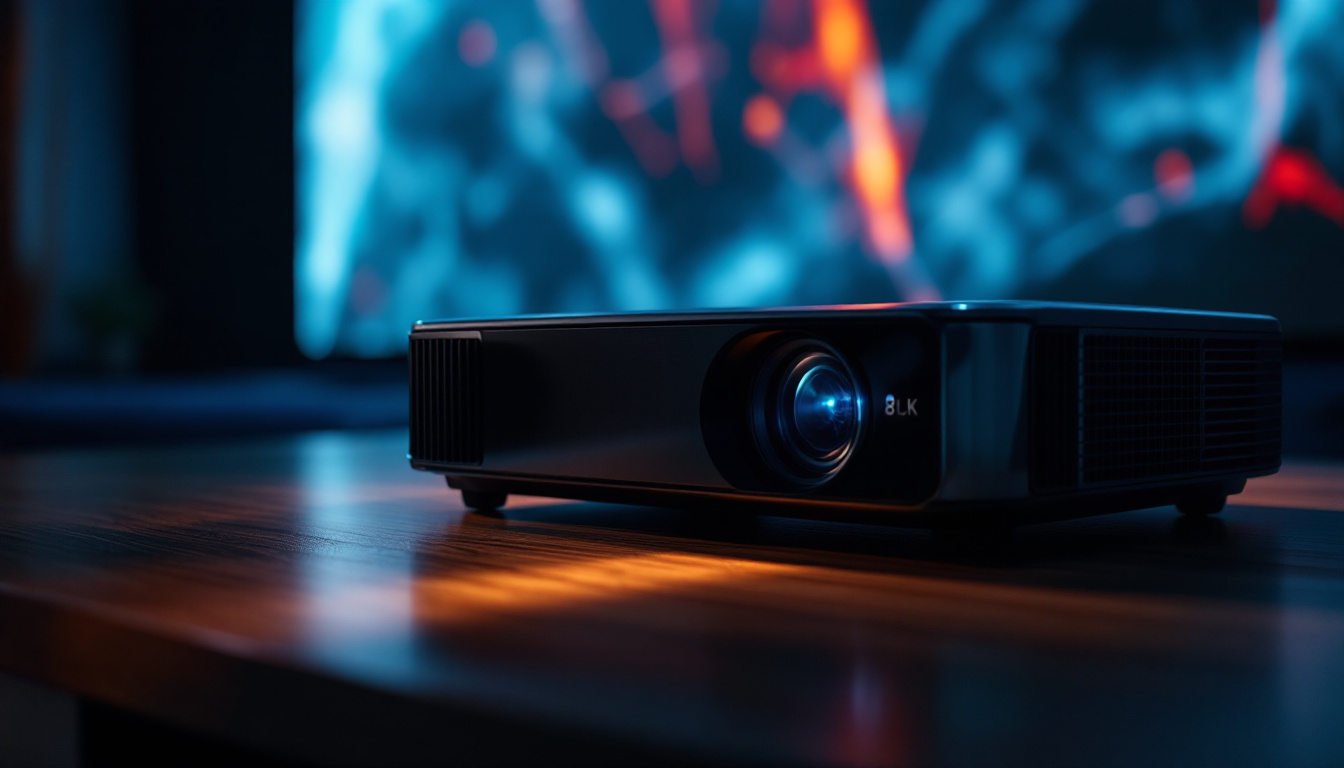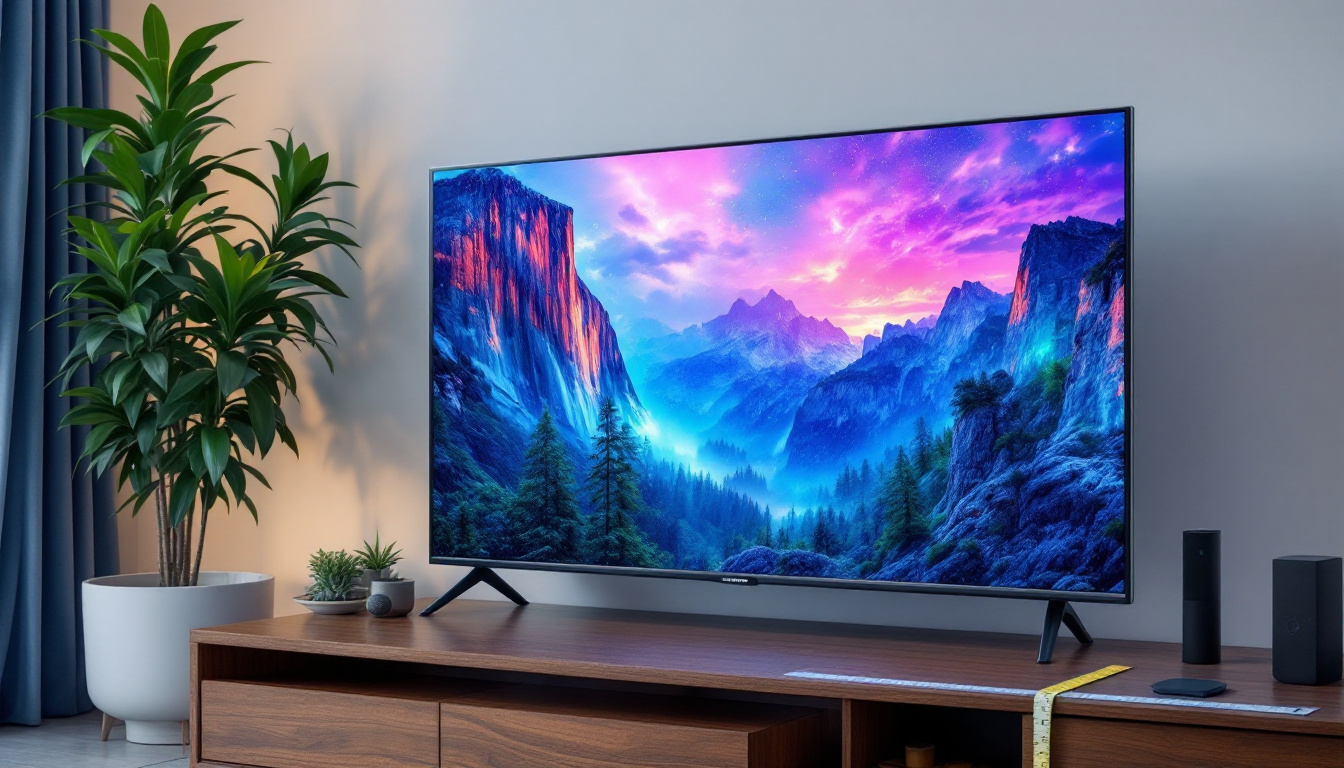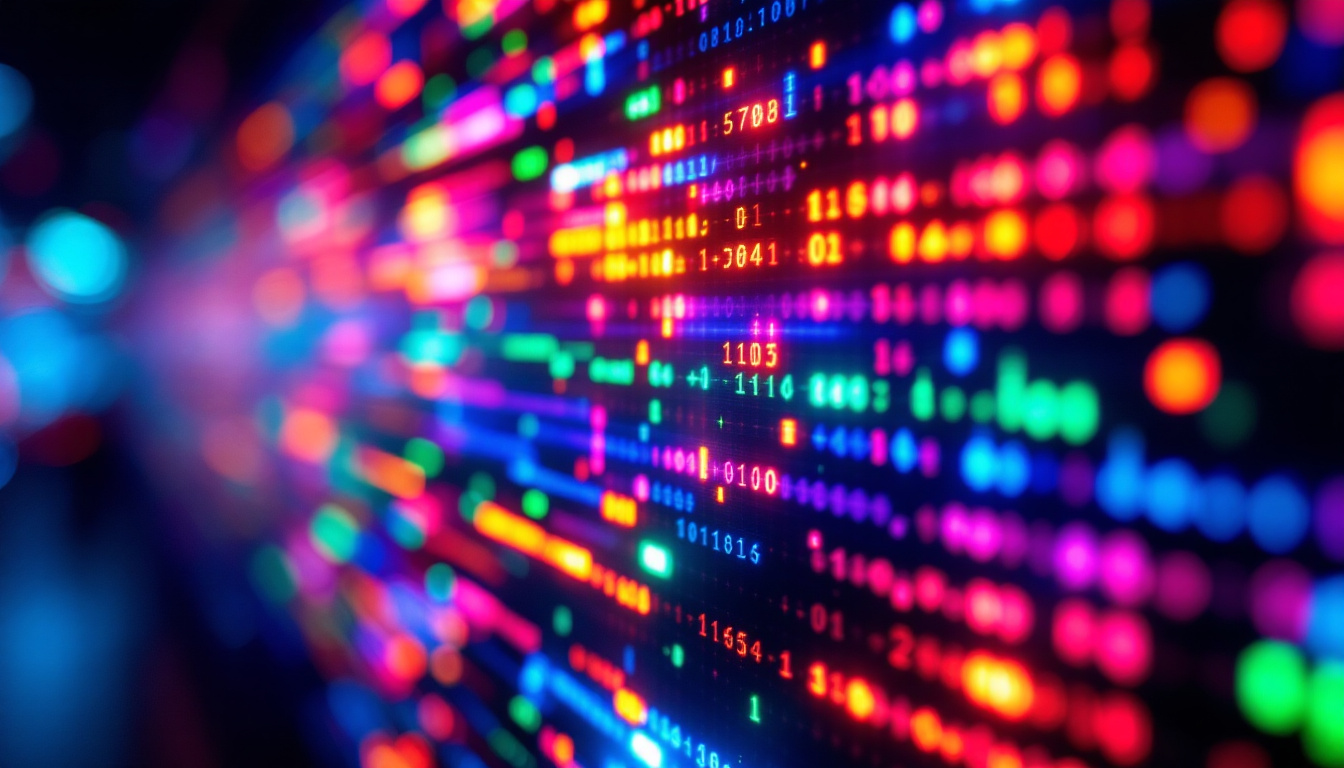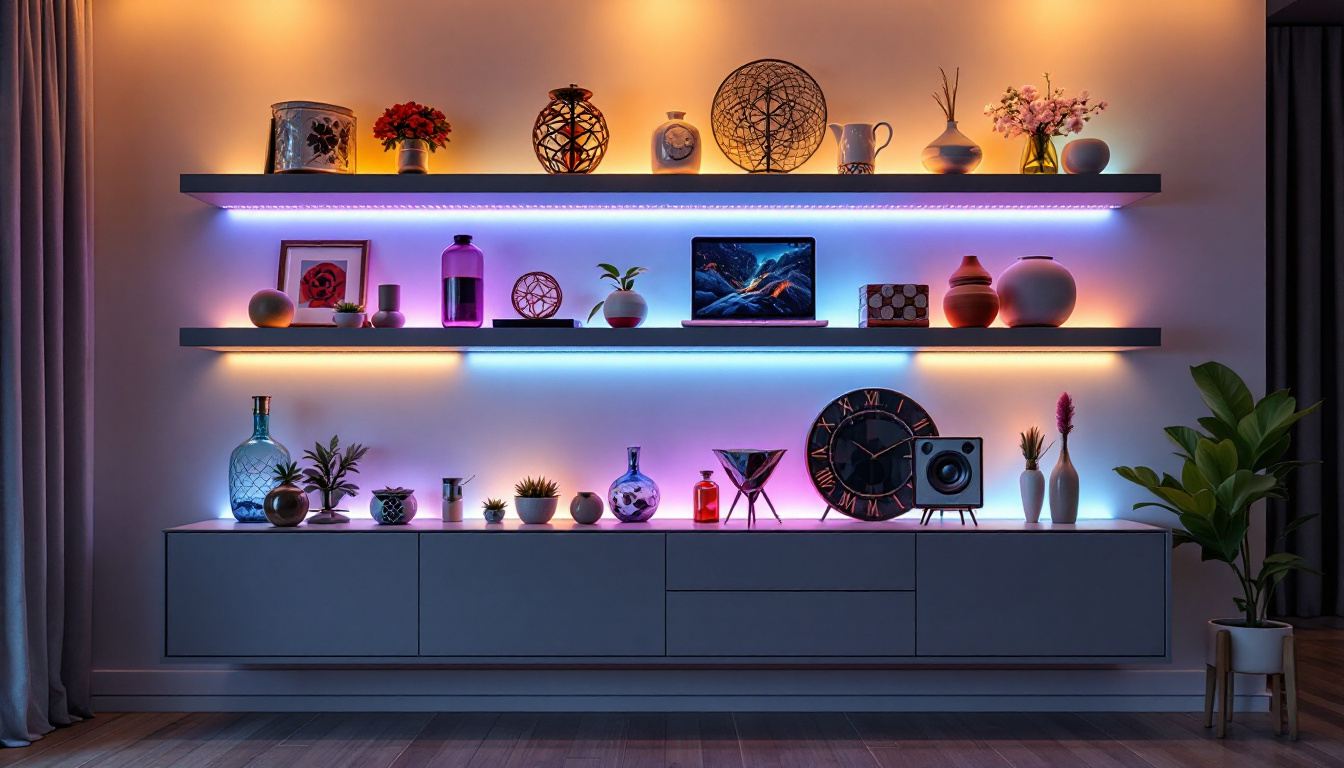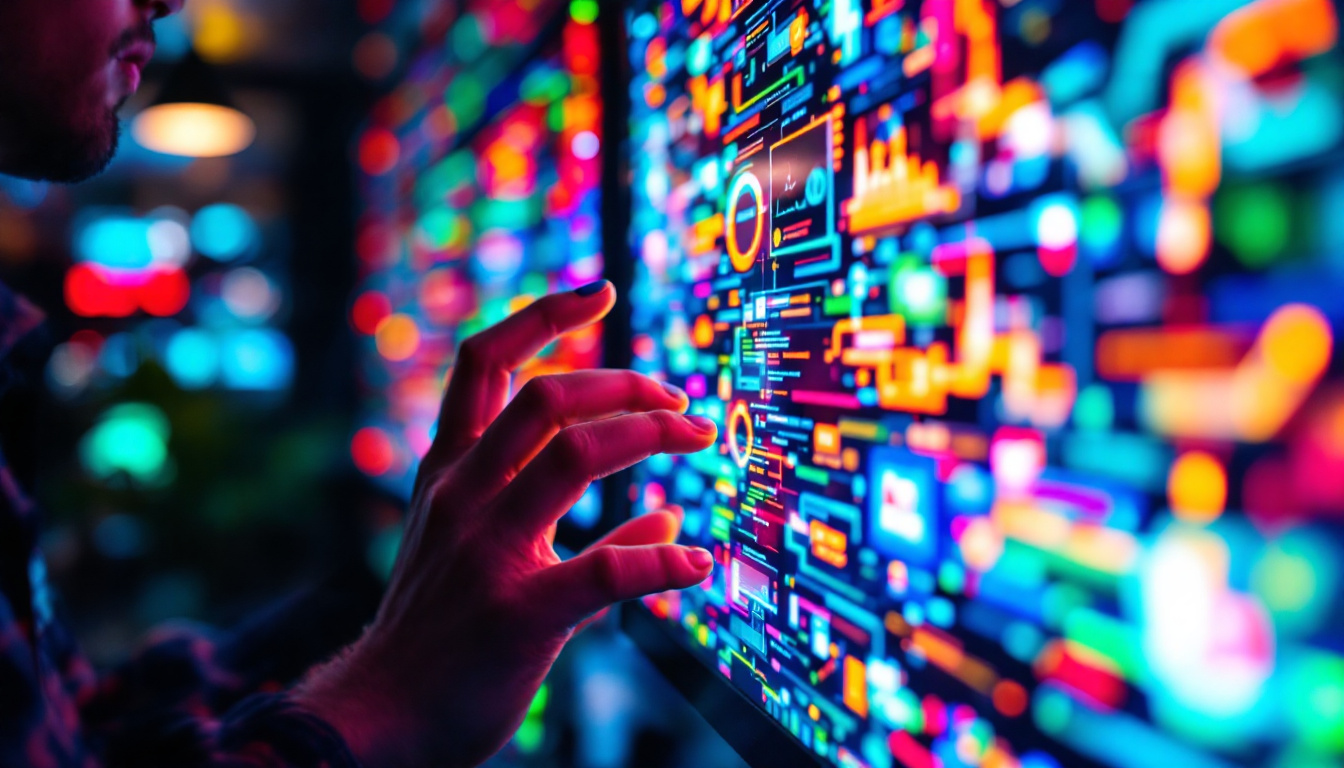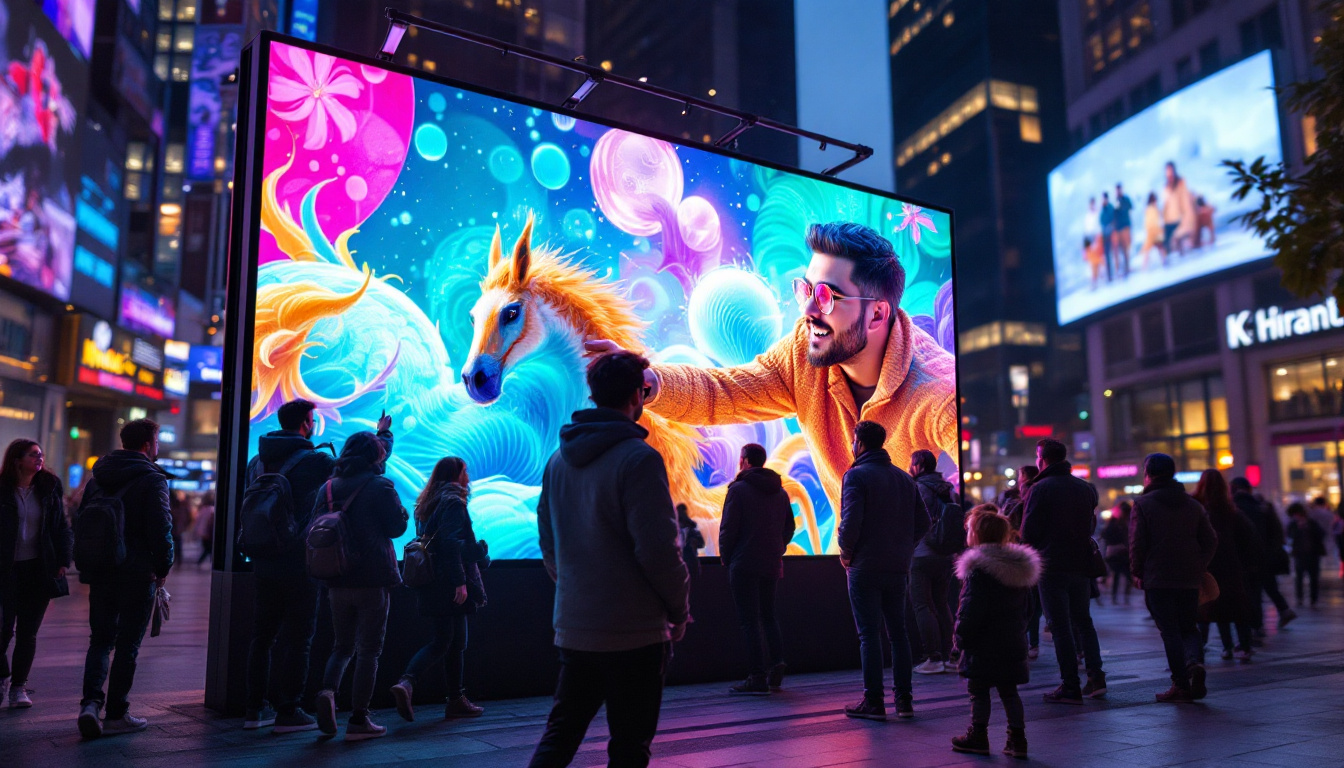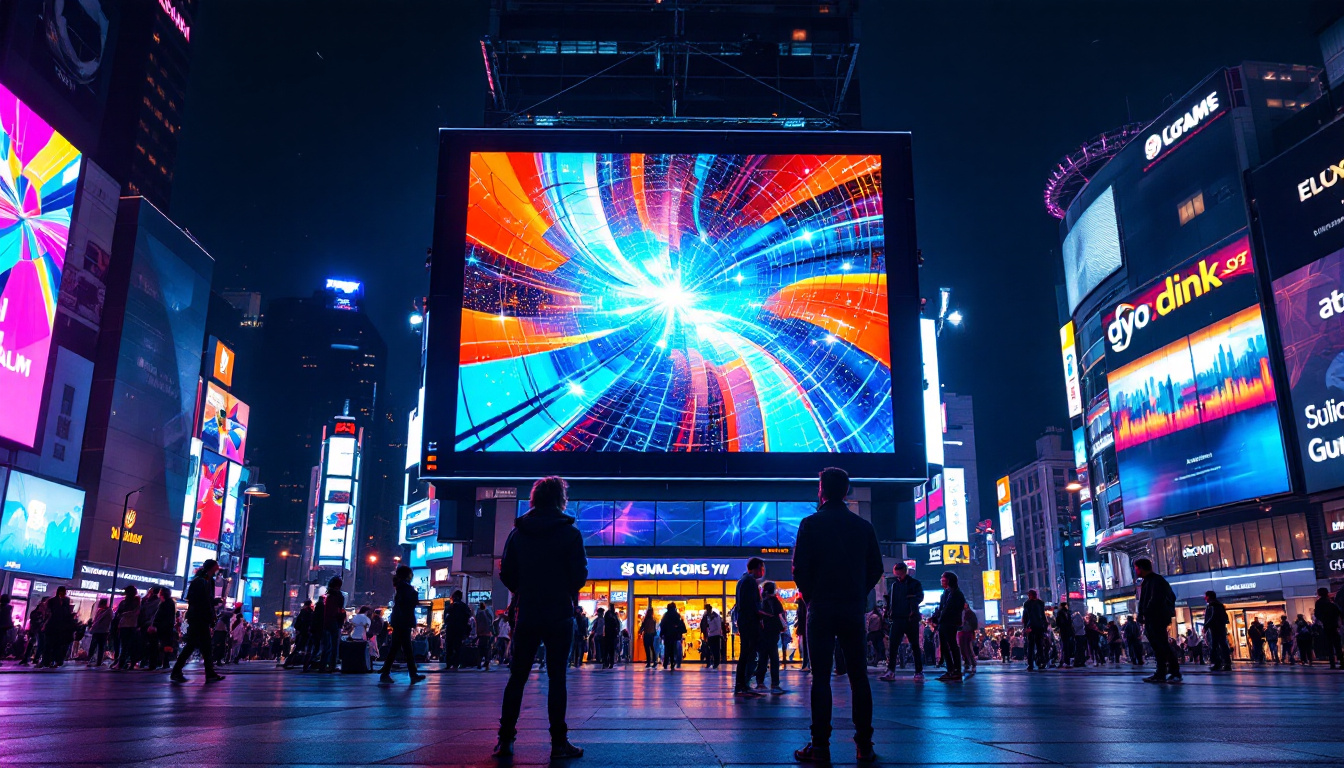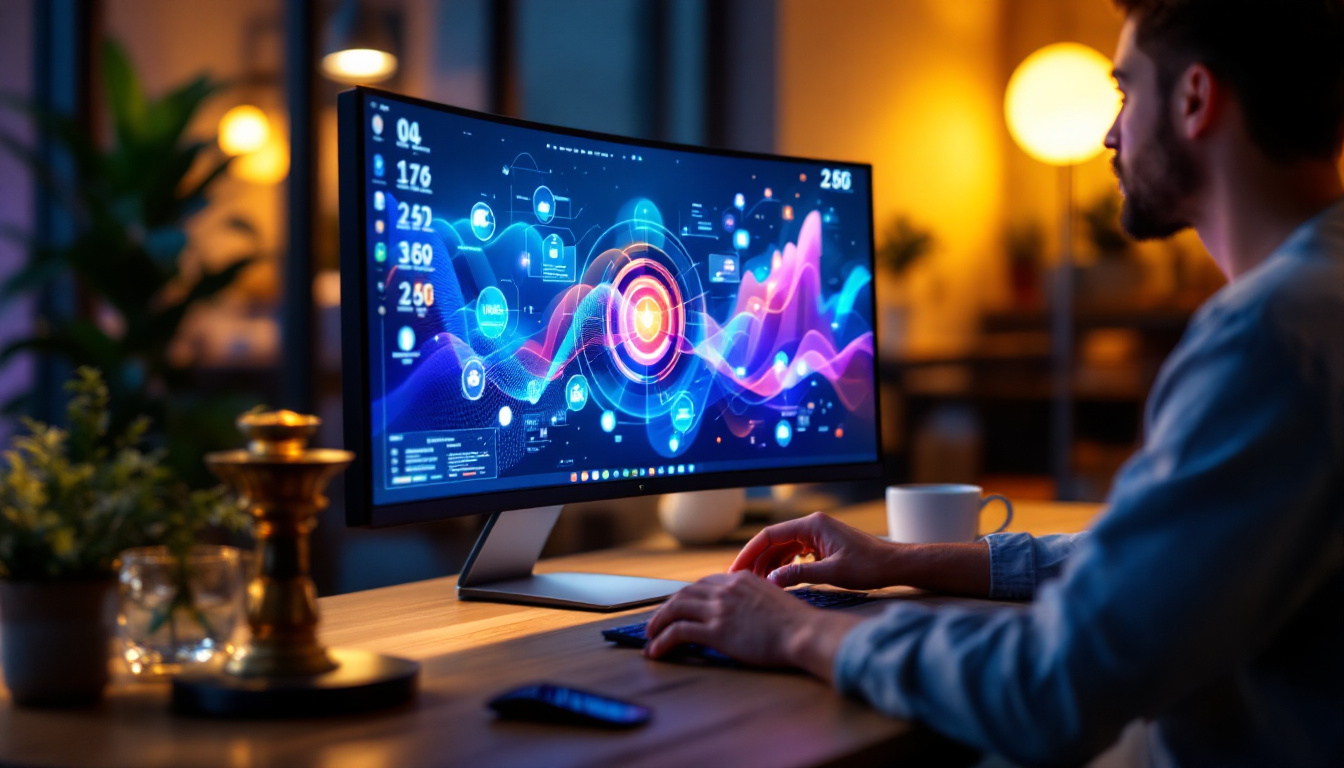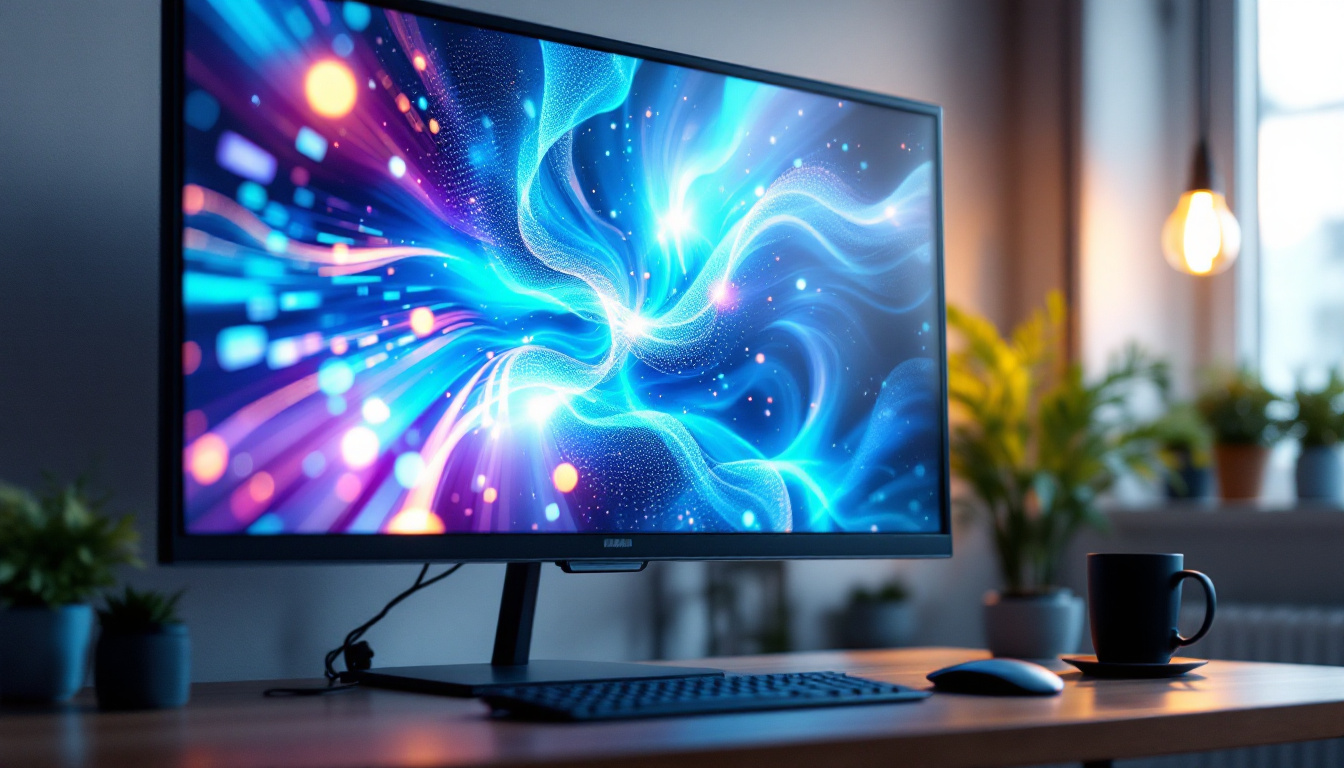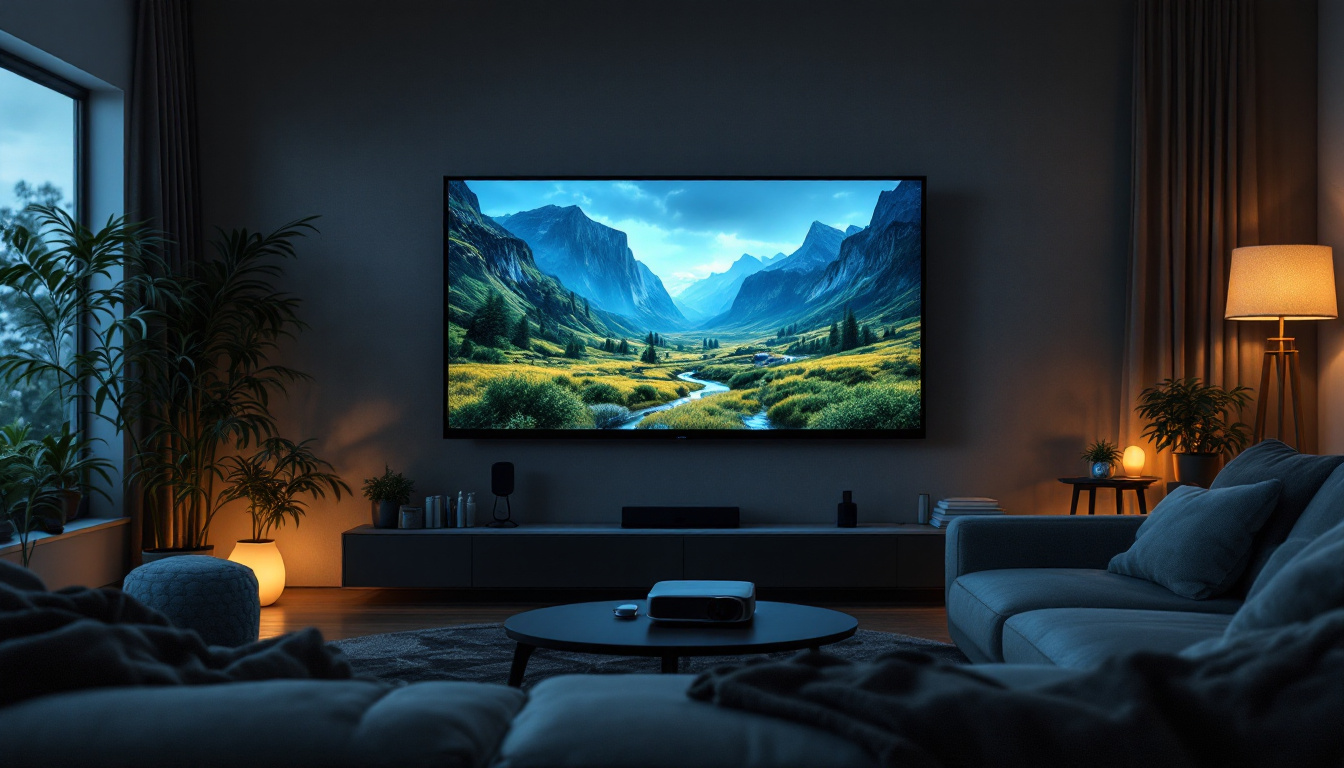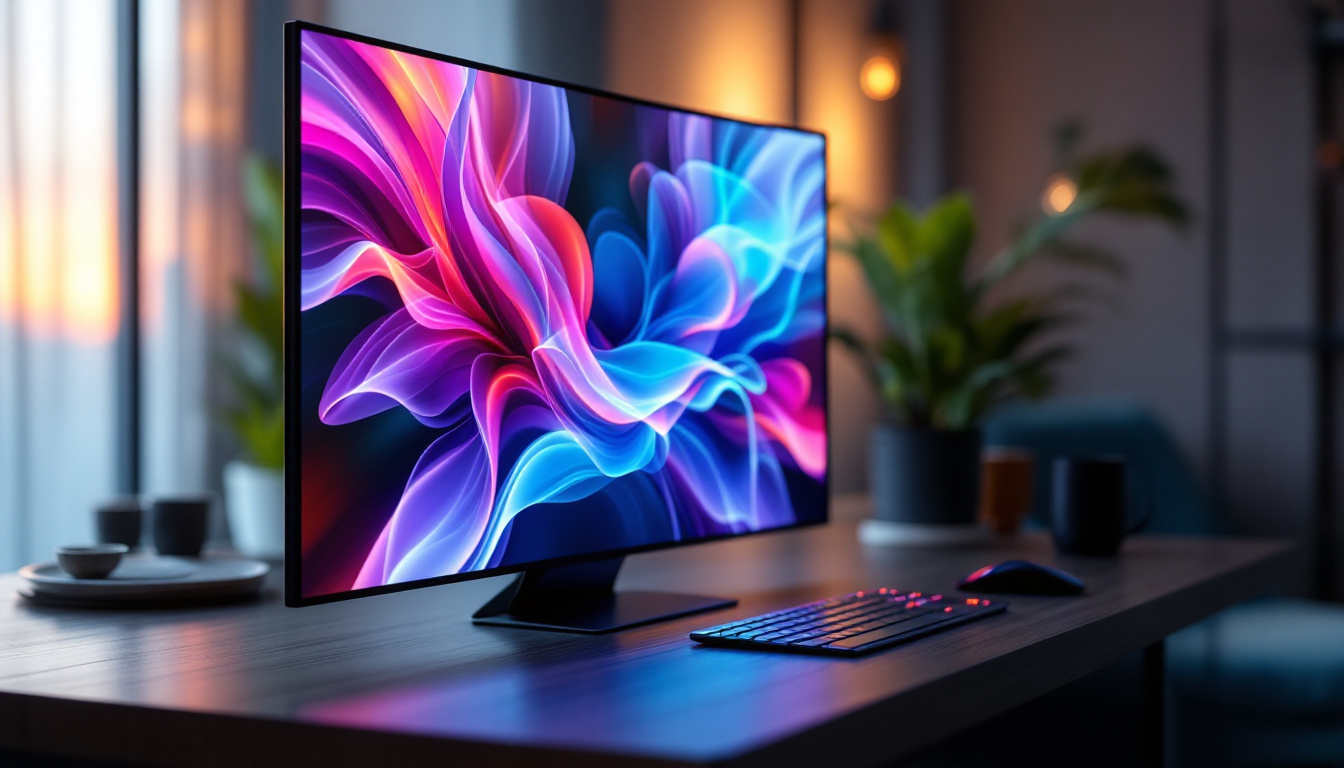In the modern workspace, efficiency and productivity are paramount. With the increasing reliance on technology, professionals often find themselves juggling multiple tasks simultaneously. One effective solution to enhance productivity is the use of a multi-monitor setup. This article delves into the intricacies of multi-monitor stands, particularly focusing on LED displays, their benefits, and how they can transform the way work is done.
Understanding Multi-Monitor Stands
A multi-monitor stand is a device designed to hold two or more monitors in a single, organized setup. These stands come in various configurations, allowing users to customize their workspace according to their specific needs. The primary goal of a multi-monitor stand is to provide a stable and adjustable platform for multiple screens, enhancing the overall user experience.
The Importance of Ergonomics
One of the most significant advantages of using a multi-monitor stand is the ergonomic benefits it offers. Proper monitor placement can reduce strain on the neck and eyes, which is crucial for those who spend long hours in front of screens. An adjustable stand allows users to position their monitors at eye level, promoting better posture and comfort.
Additionally, many multi-monitor stands come with features that enable users to tilt, swivel, or rotate their displays. This flexibility not only enhances comfort but also allows for a more dynamic work environment. By adjusting the monitor angles, users can easily switch between tasks, improving efficiency and reducing fatigue. Furthermore, studies have shown that a well-organized workspace can lead to increased productivity, as it minimizes distractions and allows for a more focused workflow.
Types of Multi-Monitor Stands
Multi-monitor stands are available in various types, each catering to different needs and preferences. Some of the most common types include:
- Desk-mounted Stands: These stands attach directly to the desk, providing a sturdy base for multiple monitors. They often feature adjustable arms, allowing for optimal positioning.
- Freestanding Stands: Freestanding options do not require any attachment to the desk. They are ideal for users who prefer a more mobile setup or those who frequently rearrange their workspace.
- Wall-mounted Stands: For those looking to save desk space, wall-mounted solutions are an excellent choice. They can be installed at various heights and angles, providing a sleek and modern look.
In addition to these common types, there are also specialized multi-monitor stands designed for specific applications. For instance, some stands are tailored for gaming setups, featuring RGB lighting and customizable designs that enhance the gaming experience. Others may be designed for graphic designers or video editors, offering additional stability and support for larger, heavier monitors. These specialized stands often come with integrated cable management systems, helping to keep the workspace tidy and free from clutter, which is especially important in creative environments where focus and organization are key to success.
Moreover, the material and build quality of multi-monitor stands can significantly impact their performance and durability. High-quality stands made from materials such as aluminum or steel provide better stability and longevity compared to plastic alternatives. Users should consider their specific needs, such as the weight of their monitors and the frequency of adjustments, when selecting a stand. Investing in a robust and well-designed multi-monitor stand can lead to a more enjoyable and efficient working experience, making it a worthwhile consideration for anyone looking to enhance their setup.
LED Displays: A Closer Look
LED (Light Emitting Diode) displays have gained immense popularity in recent years due to their superior performance and energy efficiency. Unlike traditional LCD screens, LED displays utilize a backlighting system that enhances brightness and color accuracy. This section explores the key features and advantages of LED displays in a multi-monitor setup.
Brightness and Color Quality
One of the standout features of LED displays is their exceptional brightness levels. This makes them suitable for various lighting conditions, whether in a dimly lit office or a brightly lit environment. The vibrant colors produced by LED technology provide a more immersive experience, making them ideal for graphic design, video editing, and gaming.
Furthermore, LED displays often come with advanced color calibration options, allowing users to fine-tune their settings for optimal performance. This level of customization is particularly beneficial for professionals who require precise color accuracy, such as photographers and designers. In addition, many LED displays support a wide color gamut, which means they can reproduce a broader range of colors. This feature is crucial for industries like film and television, where color grading is essential to the storytelling process.
Energy Efficiency and Longevity
Another significant advantage of LED displays is their energy efficiency. Compared to traditional monitors, LED screens consume less power, leading to lower electricity bills and a reduced carbon footprint. This is an essential consideration for businesses looking to implement sustainable practices in their operations.
Moreover, LED displays have a longer lifespan than their LCD counterparts. With proper care, these monitors can last for several years, making them a cost-effective investment for both individuals and organizations. Additionally, the durability of LED technology means that these displays are less prone to burn-in issues, which can plague other types of screens, particularly when displaying static images for extended periods. This resilience makes LED displays an excellent choice for digital signage and other applications where content is continuously shown.
As technology continues to advance, we are also seeing the emergence of OLED (Organic Light Emitting Diode) displays, which take the benefits of LED technology even further. OLED displays offer even deeper blacks and improved contrast ratios since they can turn off individual pixels completely. This results in stunning visuals that are captivating for viewers, further pushing the boundaries of what is possible in display technology. As both LED and OLED displays evolve, they are likely to redefine the standards for visual experiences across various fields, from entertainment to professional applications.
Setting Up a Multi-Monitor System
Implementing a multi-monitor system can significantly enhance productivity, but it requires careful planning and execution. This section outlines the steps involved in setting up a multi-monitor configuration effectively.
Choosing the Right Monitors
The first step in setting up a multi-monitor system is selecting the right monitors. Users should consider factors such as screen size, resolution, and panel type. For a seamless experience, it is advisable to choose monitors with similar specifications, ensuring consistent color and brightness across all screens.
Additionally, users should assess their specific needs. For instance, professionals in graphic design may benefit from high-resolution displays, while those in finance might prioritize larger screen sizes for better data visibility.
Connecting the Monitors
Once the monitors have been chosen, the next step is to connect them to the computer. Most modern computers support multiple displays, but users should verify their graphics card capabilities. Adapters may be required for certain connections, such as HDMI to DisplayPort or VGA to HDMI.
After connecting the monitors, users can configure their display settings through the operating system. This includes arranging the monitors in the desired order, adjusting resolution settings, and optimizing color profiles for each display.
Benefits of a Multi-Monitor Setup
Transitioning to a multi-monitor setup offers numerous benefits that can significantly improve productivity and efficiency. Here are some of the key advantages:
Increased Productivity
Studies have shown that using multiple monitors can lead to a substantial increase in productivity. With more screen real estate, users can multitask more effectively, reducing the time spent switching between applications. This is particularly beneficial for professionals who need to reference multiple documents or data sources simultaneously.
For instance, a graphic designer can work on a project in one monitor while referencing design guidelines or client feedback on another. This streamlined workflow minimizes distractions and enhances focus, ultimately leading to better outcomes.
Enhanced Collaboration
In collaborative environments, a multi-monitor setup can facilitate better communication and teamwork. When working on projects with colleagues, having multiple displays allows for easier sharing of information and ideas. Users can project their screens during meetings or discussions, ensuring that everyone is on the same page.
Additionally, with the rise of remote work, multi-monitor setups have become invaluable for virtual collaboration. Teams can share their screens seamlessly, making it easier to brainstorm and problem-solve together, regardless of location.
Choosing the Right Multi-Monitor Stand
With numerous options available in the market, selecting the right multi-monitor stand can be a daunting task. Here are some essential factors to consider:
Weight Capacity
Before purchasing a multi-monitor stand, it is crucial to check the weight capacity. Each monitor has a specific weight, and the stand must be able to support the combined weight of all displays. Exceeding the weight limit can lead to instability and potential damage to the monitors.
Adjustability and Flexibility
Look for stands that offer a range of adjustability options. The ability to tilt, swivel, and rotate monitors can greatly enhance ergonomics and user comfort. Some stands even feature gas spring mechanisms, allowing for smooth height adjustments with minimal effort.
Additionally, consider the layout of the workspace. Some stands are designed for horizontal arrangements, while others accommodate vertical stacking. Choosing a stand that fits the available space is essential for maximizing efficiency.
Conclusion
In conclusion, a multi-monitor stand combined with LED displays can significantly enhance productivity and comfort in the workplace. By understanding the benefits of multi-monitor setups and the features of LED technology, users can make informed decisions that cater to their specific needs. Whether for professional use or personal projects, investing in a multi-monitor system is a step towards a more efficient and organized workspace.
The future of work is undoubtedly leaning towards more integrated and efficient setups, and multi-monitor systems are at the forefront of this evolution. Embracing this technology can lead to improved performance, better collaboration, and an overall more satisfying work experience.
Discover LumenMatrix LED Display Solutions
Ready to elevate your workspace with the ultimate multi-monitor setup? Look no further than LumenMatrix, where innovation meets excellence in LED display technology. Our extensive range of products, from Indoor and Outdoor LED Wall Displays to specialized solutions like Vehicle and Sports LED Displays, is designed to transform your professional environment. Experience the difference with our All-in-One LED Displays and captivate your audience with unparalleled visual clarity. Don’t miss out on the opportunity to redefine your space. Check out LumenMatrix LED Display Solutions today and step into the future of visual communication.


